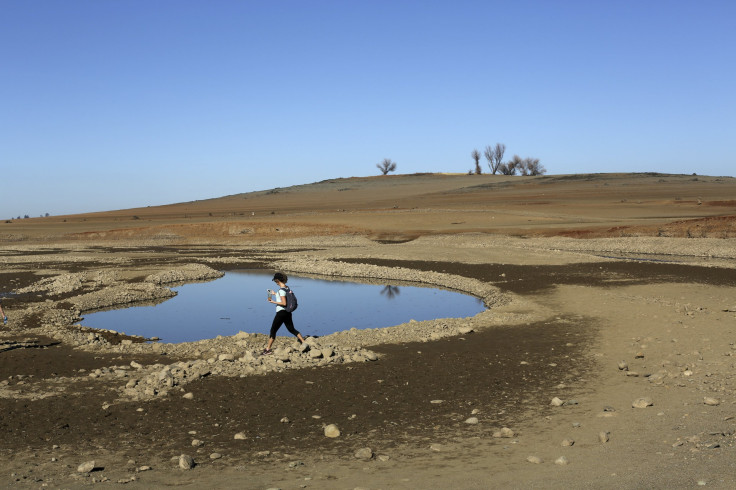California Drought 2014: Residents Are 'Drought Shaming' Neighbors Who Waste Water

Residents of California are “drought shaming” neighbors who misuse the state’s dwindling water supply.
As a crippling drought has forced regulators to enact the first statewide water-use restrictions in the history of California, local residents are using water-utility hotlines to tell on irresponsible neighbors, NBC News reports. The trend, known as “drought shaming,” is already a big hit on social media, as users publicly ridicule offenders for watering their lawns or filling swimming pools.
In Sacramento alone, authorities have received about 10,000 “drought shaming” phone calls since the start of 2014. Ron Munds, utility services manager for San Luis Obispo County, told NBC affiliate KSBY that citizens are acting out of genuine concern for the state’s condition.
“It’s mainly concern because, again, water is a previous resource,” Munds said. “I feel our citizens, our water customers, are all very conversation-minded. So when people see water running down a gutter, they do call.”
With nearly 80 percent of California faced with “extreme or exceptional” drought conditions, state officials announced Tuesday that fines of up to $500 a day would punish anyone who wastes water on less-than-essential activities. The statewide restrictions will begin on Aug. 1, but some local cities have established penalties of their own.
The new measures were enacted after previous attempts at water conservation failed to meet the 20 percent reduction proposed by Gov. Jerry Brown.
Now entering its third year, the drought in California is expected to have a substantially negative effect on the state’s economy. The water shortage could cost California as much as $2.2 billion in 2014 -- $1.5 billion of which would come at the expense of the agricultural sector as well as the loss of over 17,000 seasonal and part-time jobs.
© Copyright IBTimes 2024. All rights reserved.












